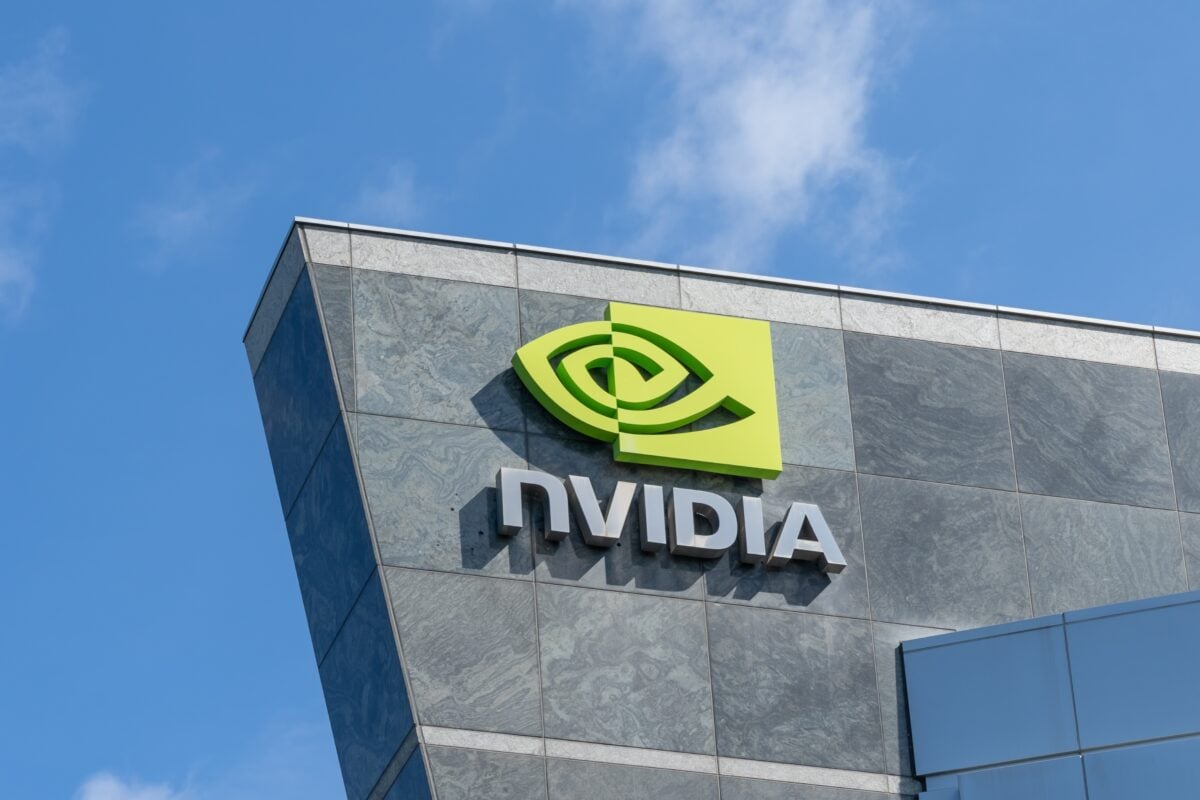TLDRs:
Contents
- Smuggled Nvidia AI chips spark underground GPU repair boom in China, driven by intense AI workloads.
- Shenzhen firms now fix hundreds of banned Nvidia GPUs monthly as demand explodes amid U.S. sanctions.
- U.S. bans hinder official support, pushing Chinese users to costly, unauthorized chip repair networks.
- Nvidia’s H20 chip offers a legal workaround but falls short in performance for AI model training needs.
Amid tightening U.S. export restrictions, China is witnessing a rapid rise in the repair of banned Nvidia AI chips, notably the H100 and A100 models.
These high-performance GPUs, once legally imported, now enter the country through unofficial channels, fueling a shadow repair economy concentrated in hubs like Shenzhen.
Boutique tech firms have stepped in to meet the soaring demand, servicing hundreds of GPUs each month. Repair prices vary widely, from 10,000 yuan (US$1,400) to 20,000 yuan (US$2,800), depending on the damage. With AI workloads pushing chips to their limits, hardware failure rates are climbing, especially for chips operating in data-heavy environments.
The average lifespan of these Nvidia GPUs ranges between two to five years. But the absence of authorized support or warranty coverage in China has left users with little choice but to rely on local repair outfits.
$1 Billion in Smuggled Chips Reported
According to a recent Financial Times report, over US$1 billion worth of advanced Nvidia chips, some of which include the H100, H200, and the restricted B200 processors, have been smuggled into China. The report, based on sales contracts and internal company filings, suggests that Chinese firms across provinces like Guangdong, Zhejiang, and Anhui have facilitated the illegal distribution of these GPUs.
The U.S. Department of Commerce and Nvidia have maintained silence on the specifics. However, Nvidia emphasized that building data centers using unauthorized products is both technically inefficient and financially unsound.
Meanwhile, Southeast Asian countries like Thailand have reportedly become key nodes in this black market supply chain, acting as intermediaries for Chinese buyers seeking advanced AI hardware barred by U.S. policy.
U.S. Acts, but China Repairs to Stay in the Race
As U.S. lawmakers introduce new legislation to track chip sales and combat smuggling, Chinese AI developers are doubling down on GPU repairs to maintain momentum.
With Nvidia legally barred from providing replacements or maintenance in China, third-party services have become critical to sustaining the nation’s data infrastructure.
The situation underscores the increasing tension between global tech regulation and market demand. Industry analysts believe the current workaround is not sustainable long term, especially as AI demands grow and chips age. However, for now, China’s AI firms are leaning heavily on every operational chip they can access.
Legal H20 Chips No Match for Banned Counterparts
To comply with U.S. export rules, Nvidia recently resumed sales of the H20 chip in China. While technically legal, the H20 is a stripped-down version of Nvidia’s flagship models and lacks the performance capabilities needed for training cutting-edge AI systems.
Each server with H20 chips can cost over 1 million yuan (US$139,400), making them an expensive but weaker alternative. Many Chinese firms still favor older, smuggled GPUs due to their proven effectiveness, despite the risks and repair costs involved.


